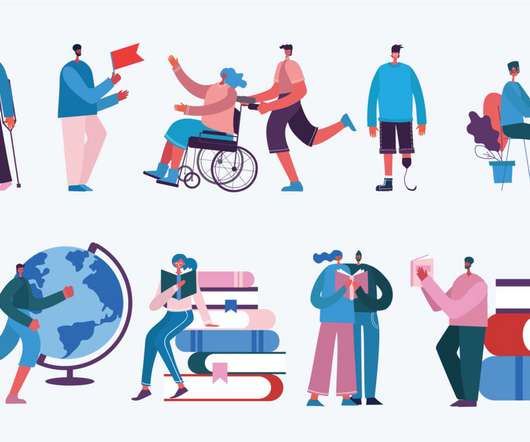10 steps for making your online courses accessible for all students
eSchool News
DECEMBER 16, 2015
New report highlights 10-step plan to applying Universal Design for Learning online. The authors note that while, ideally, UDL allows students with disabilities to access courses without adaptation, it can also help to improve learning—and, therefore, retention—among all students. Knowing Where to Start.




















Let's personalize your content